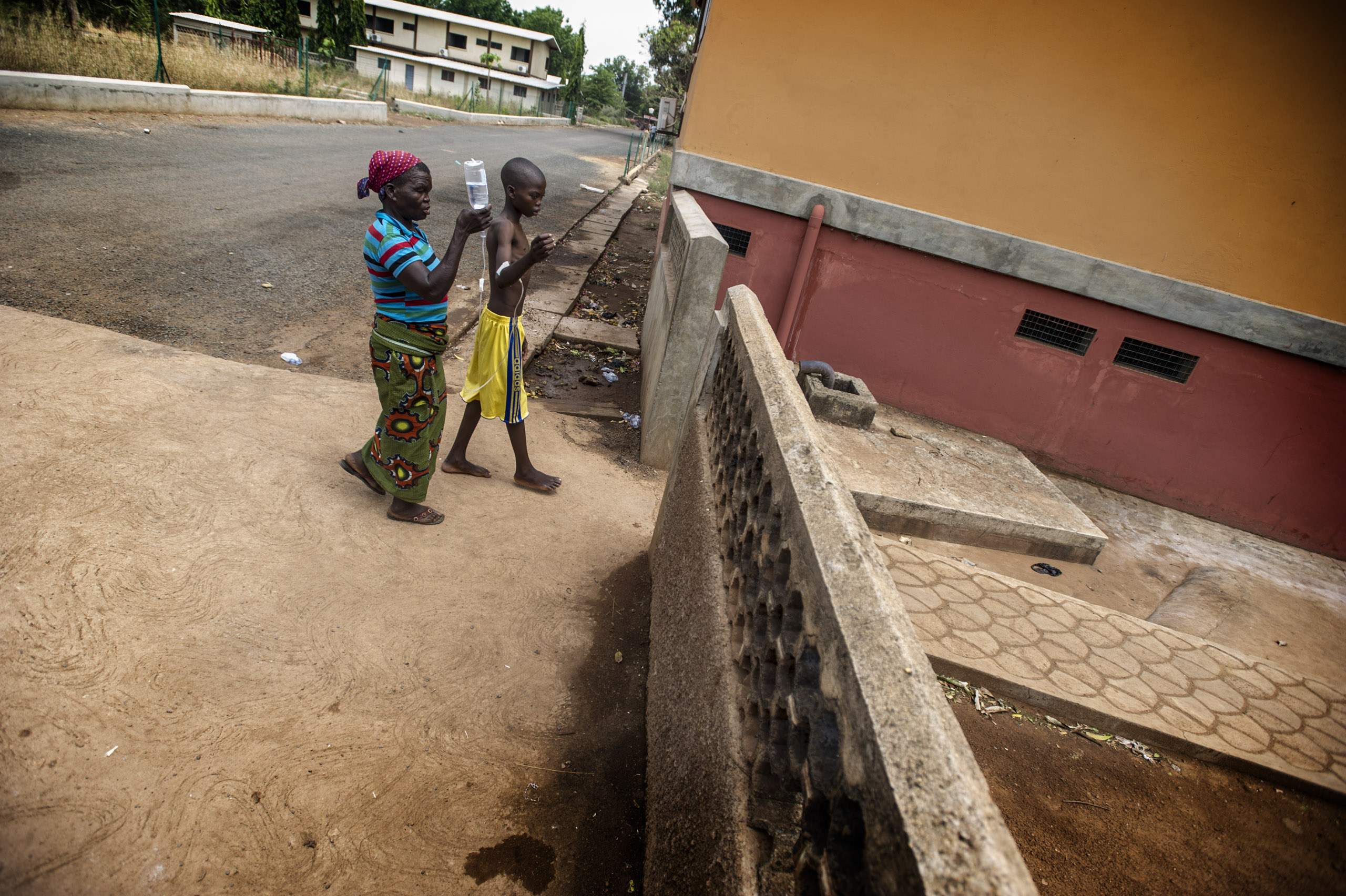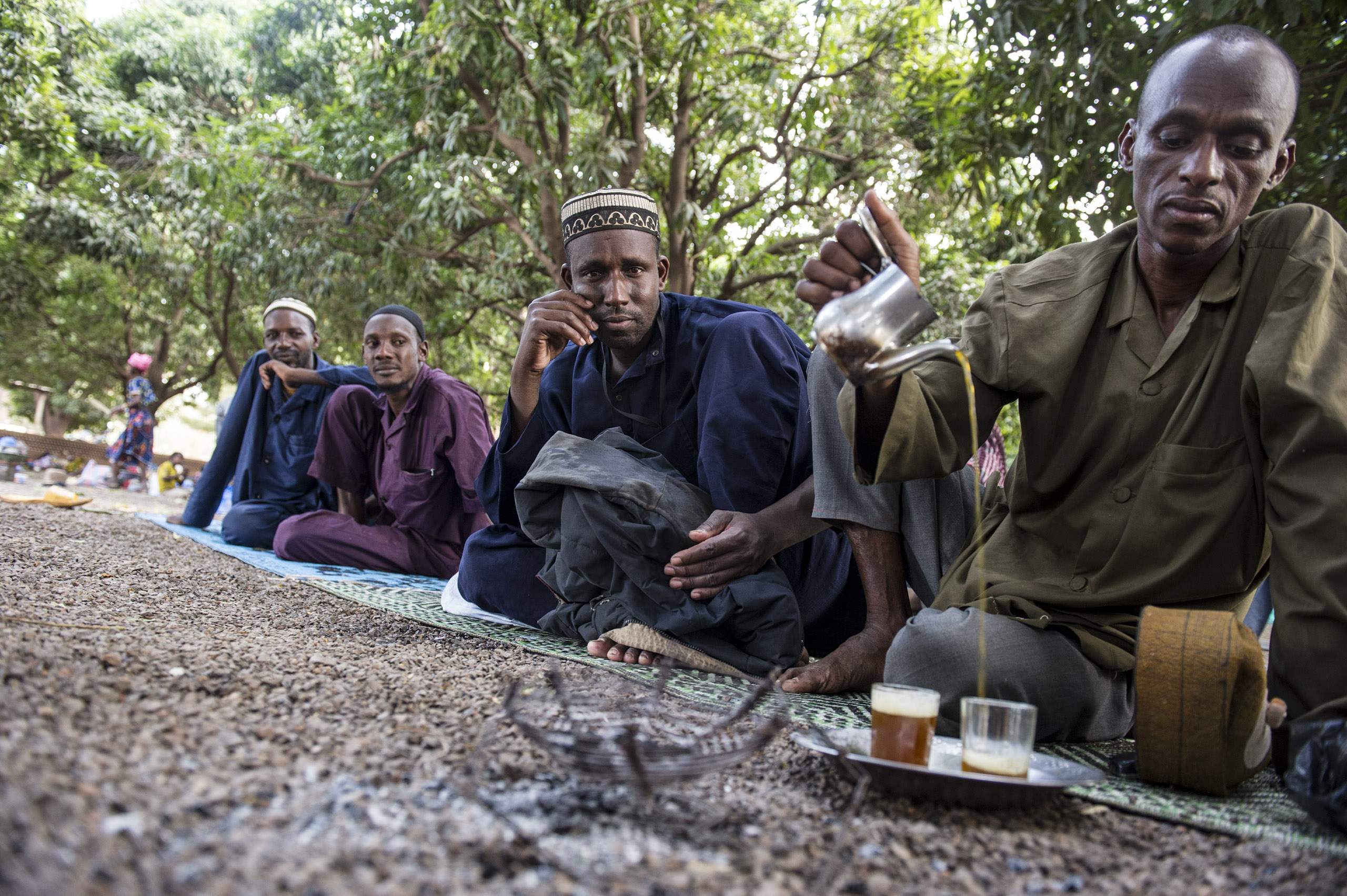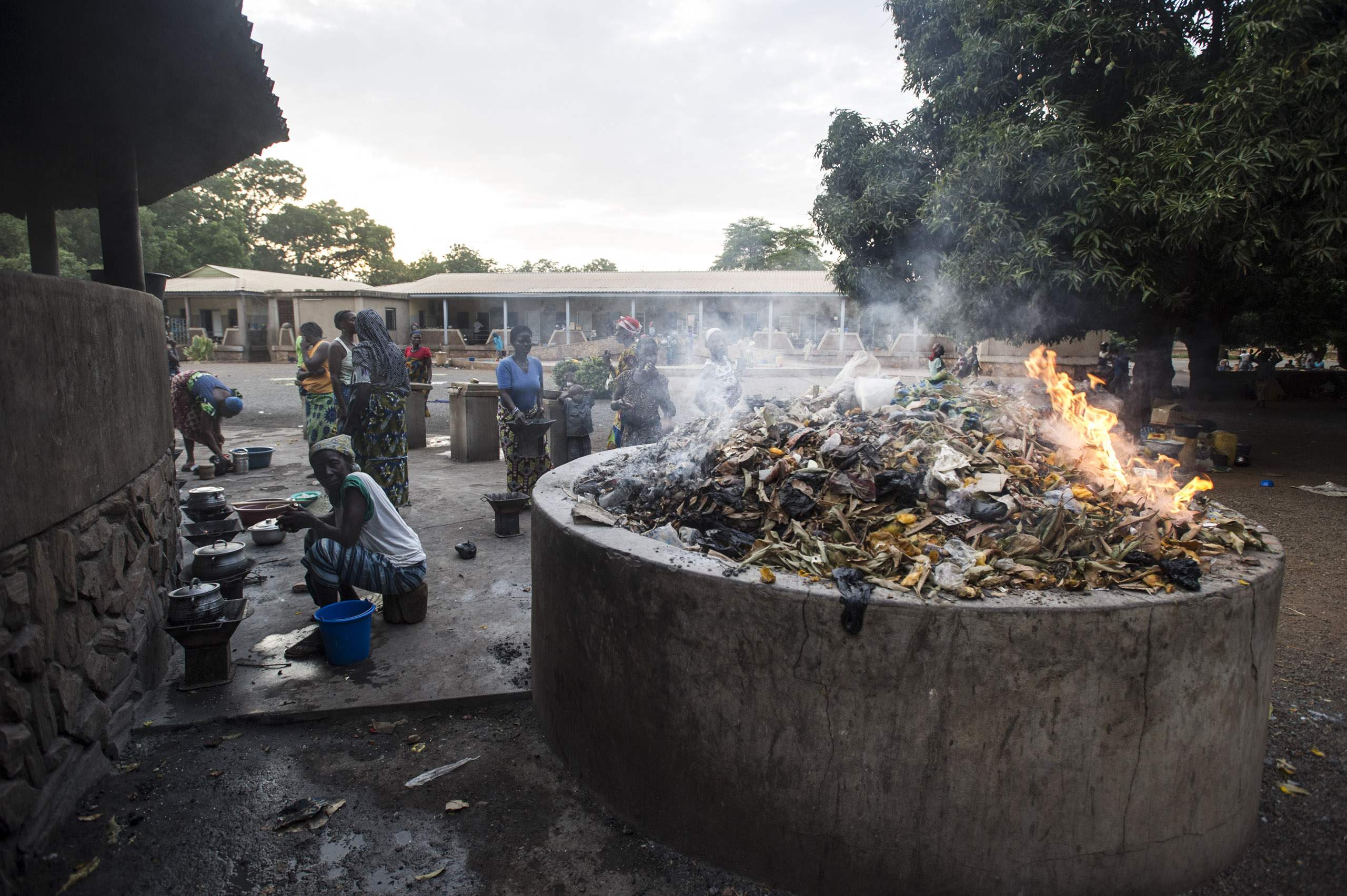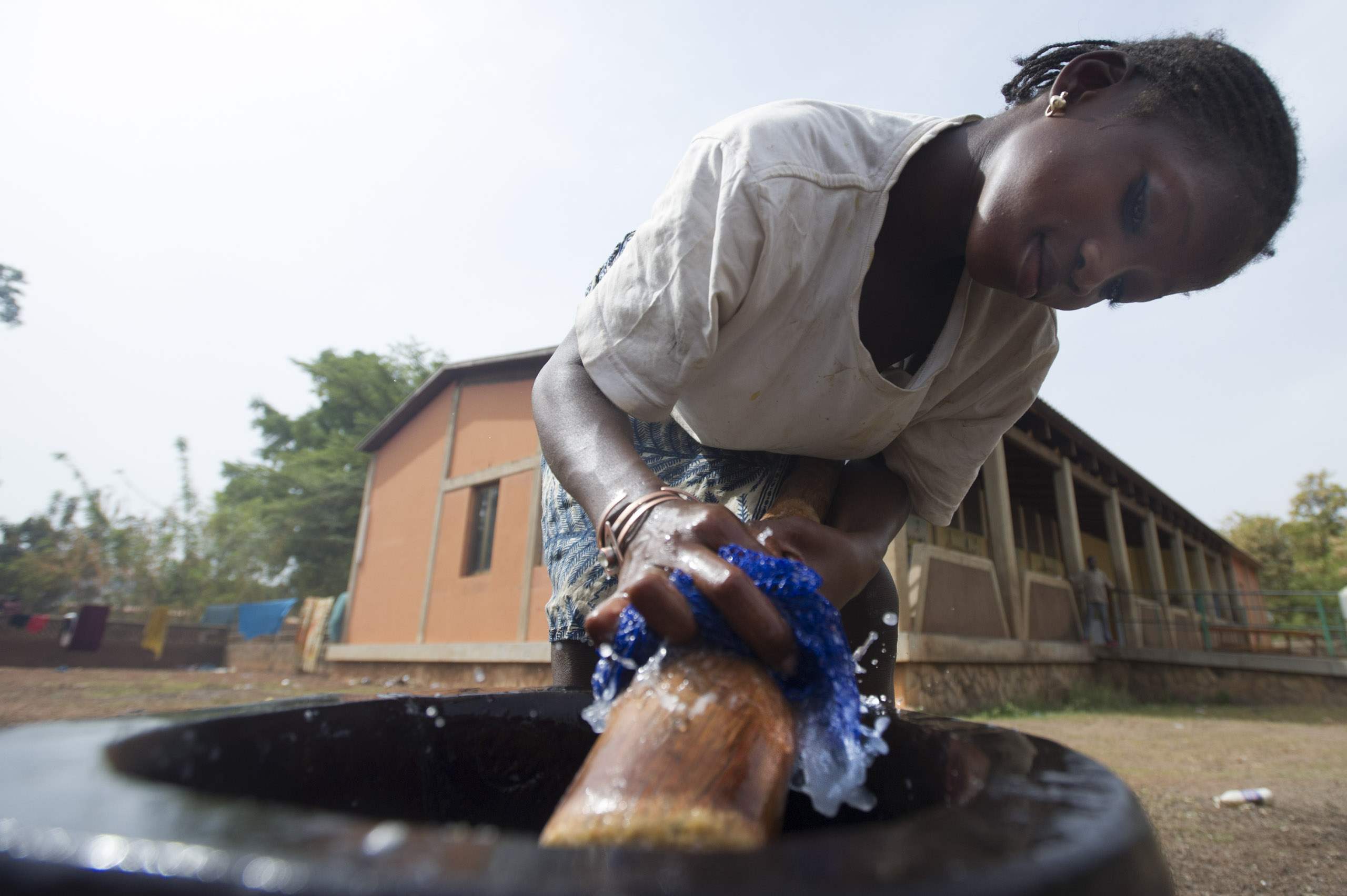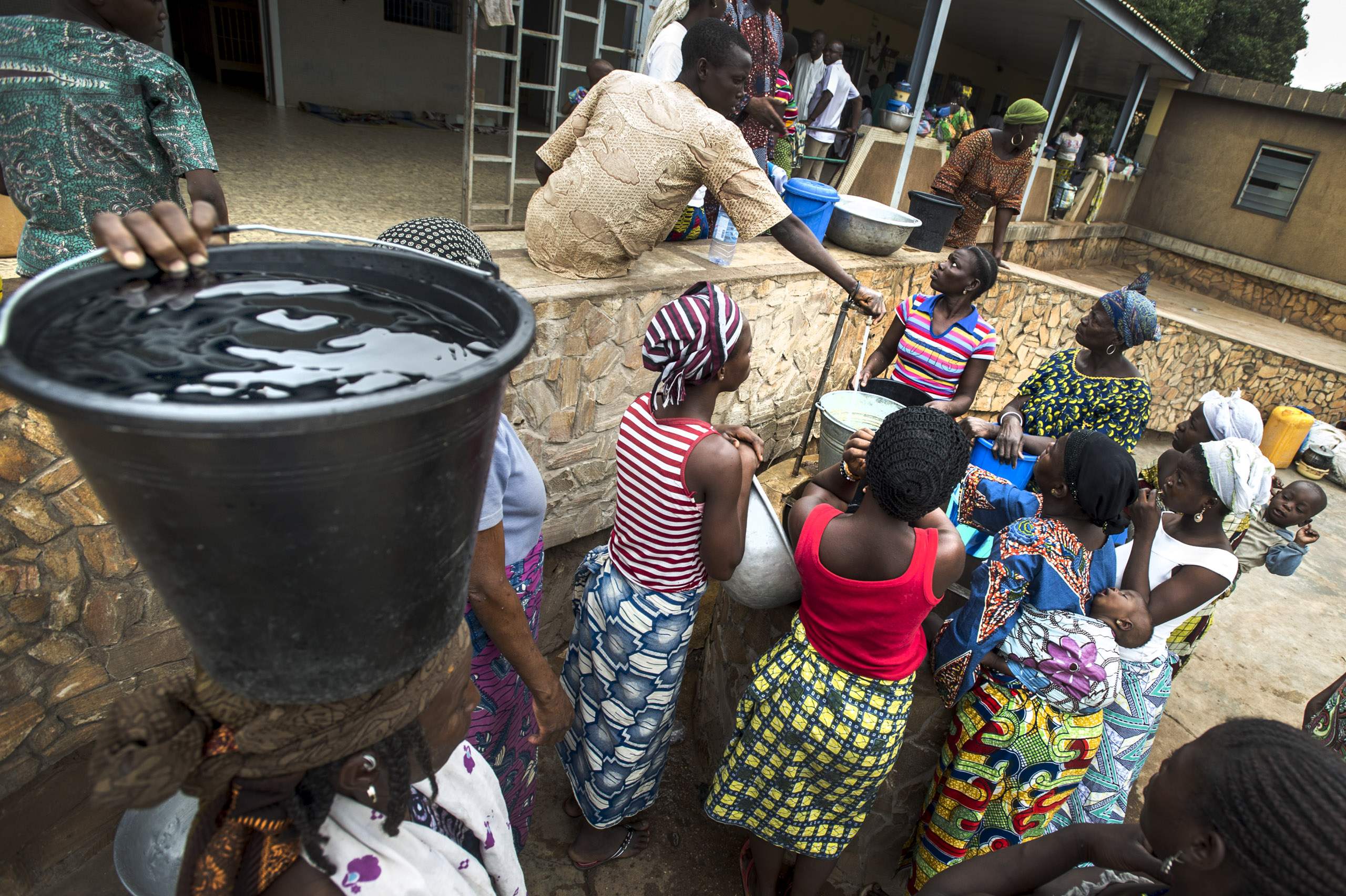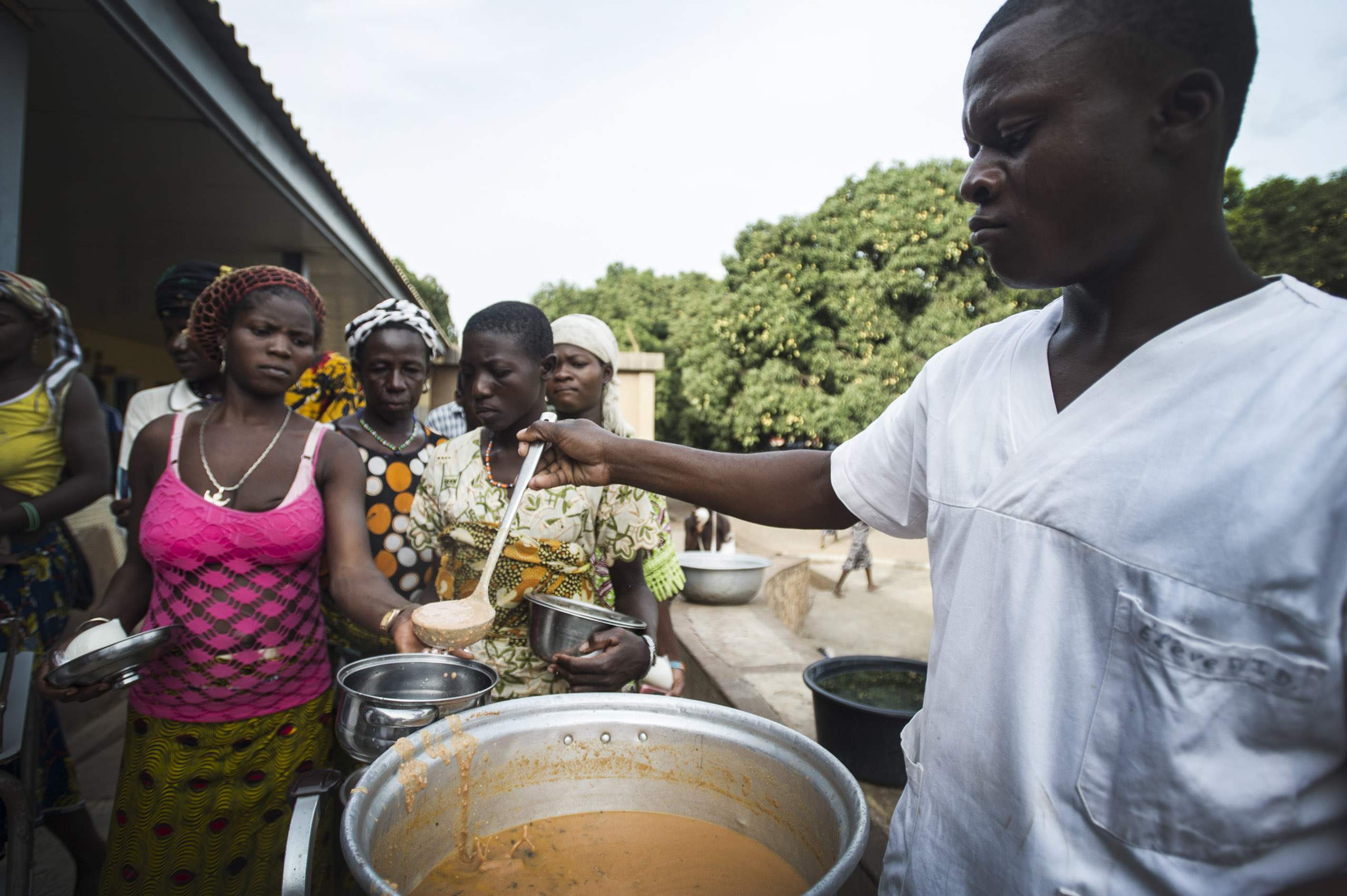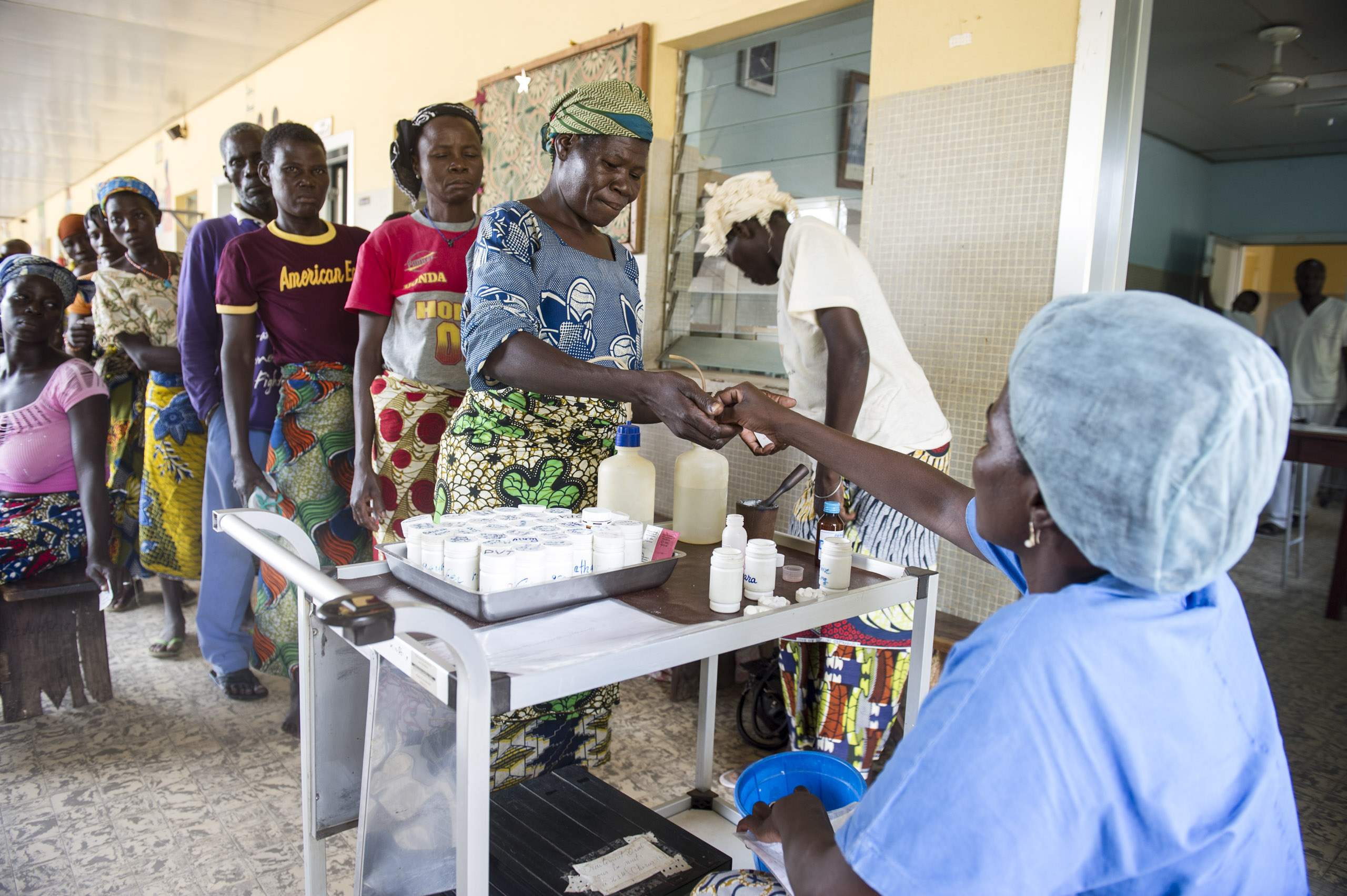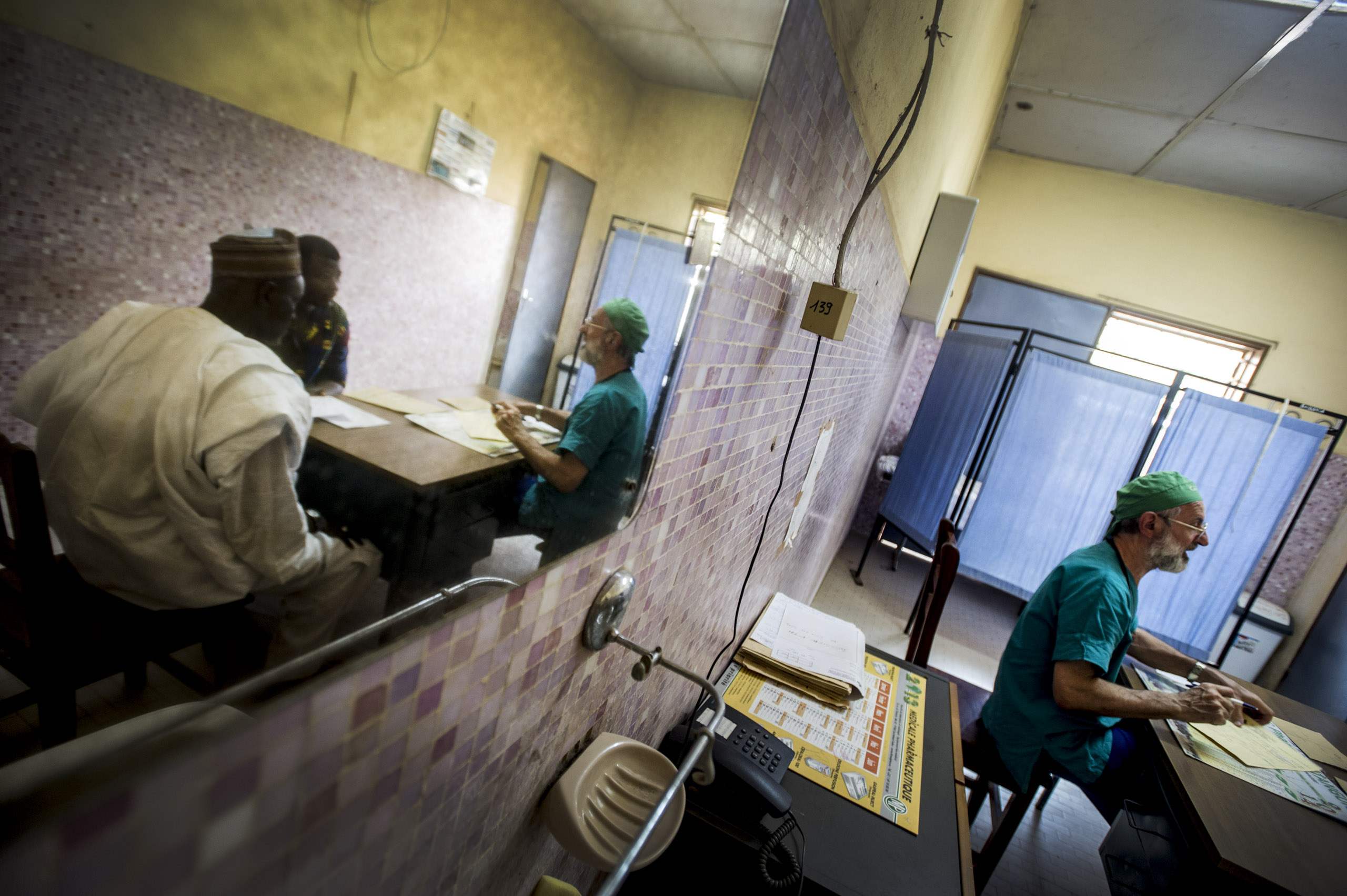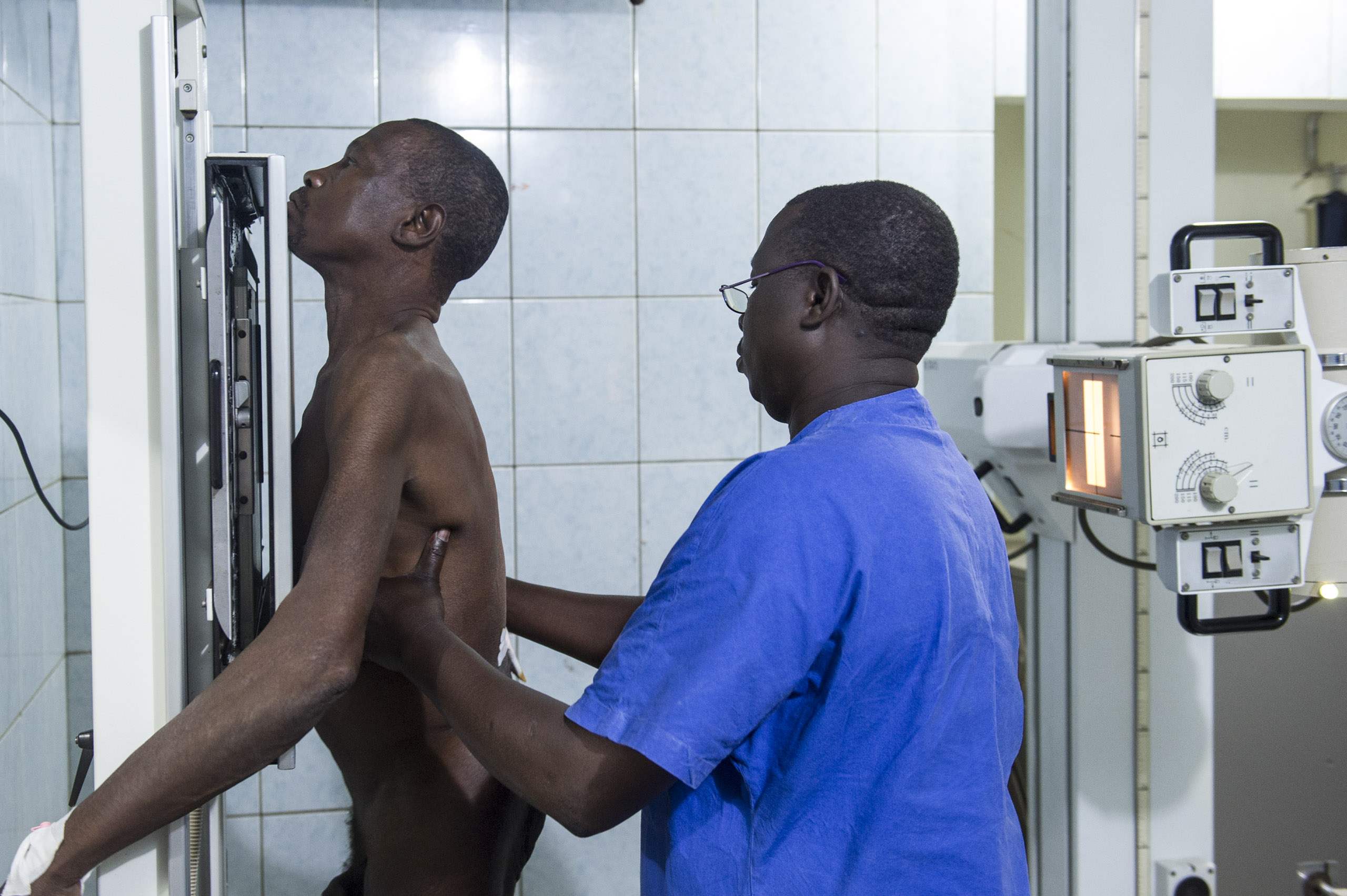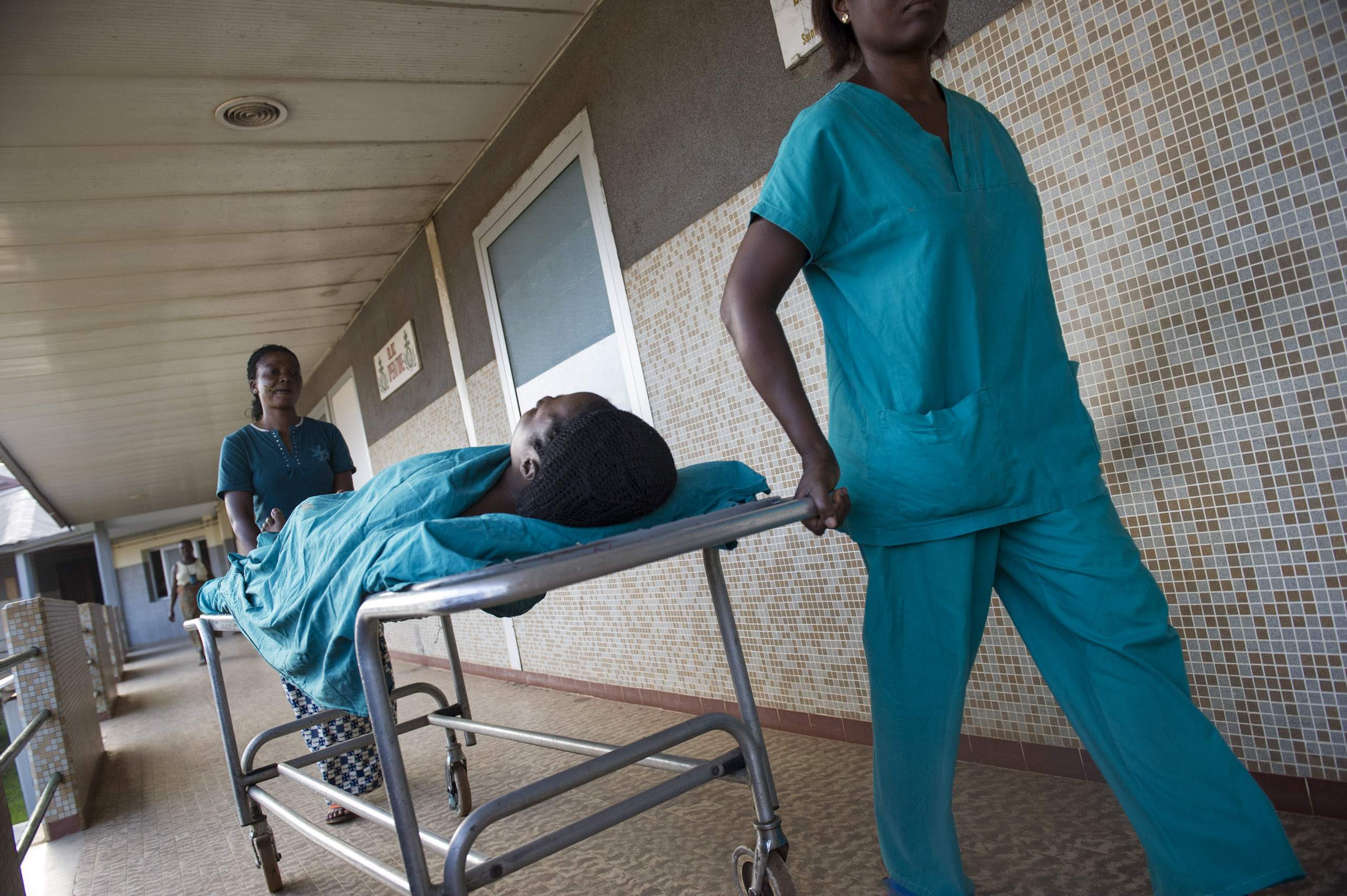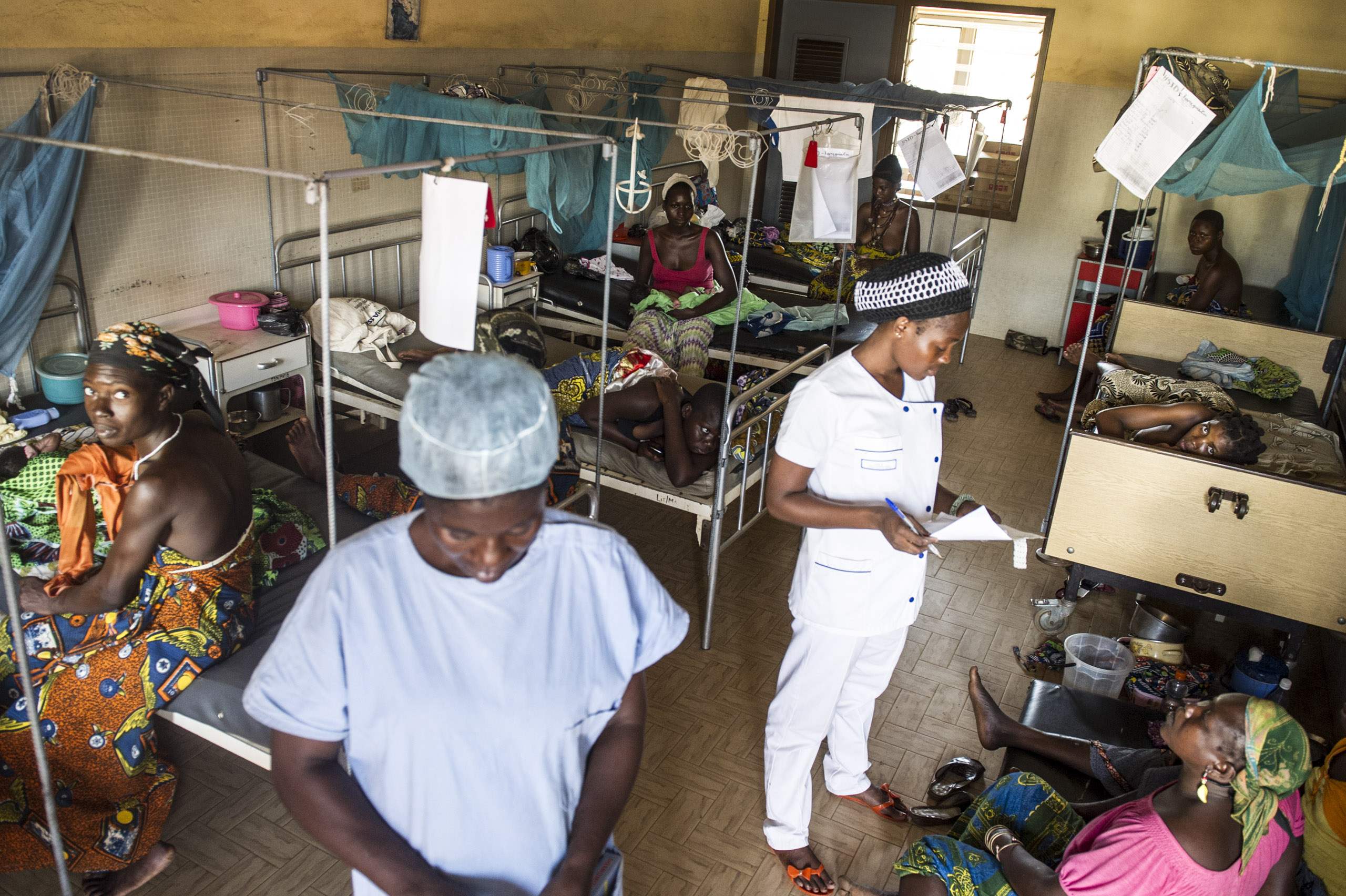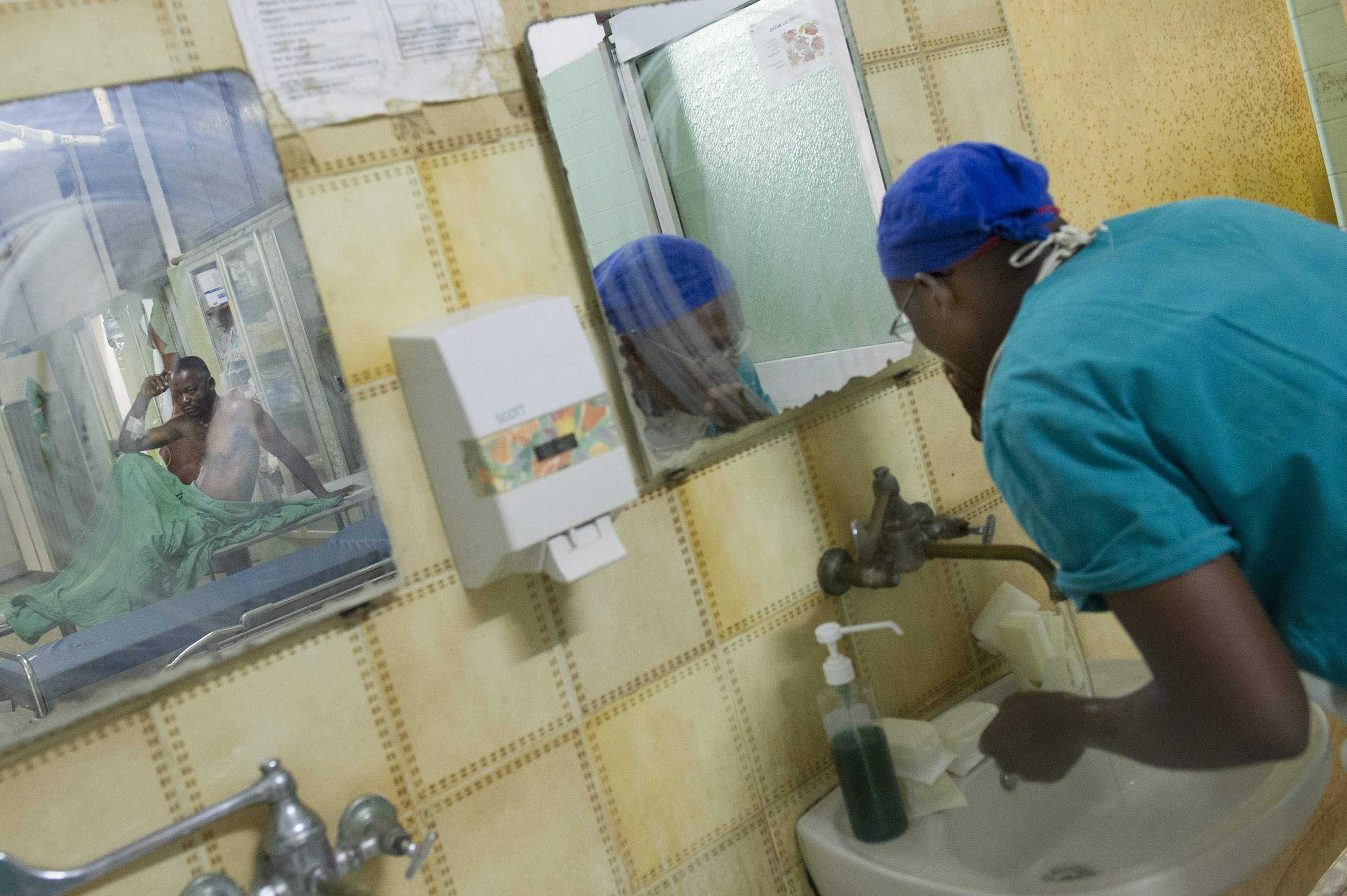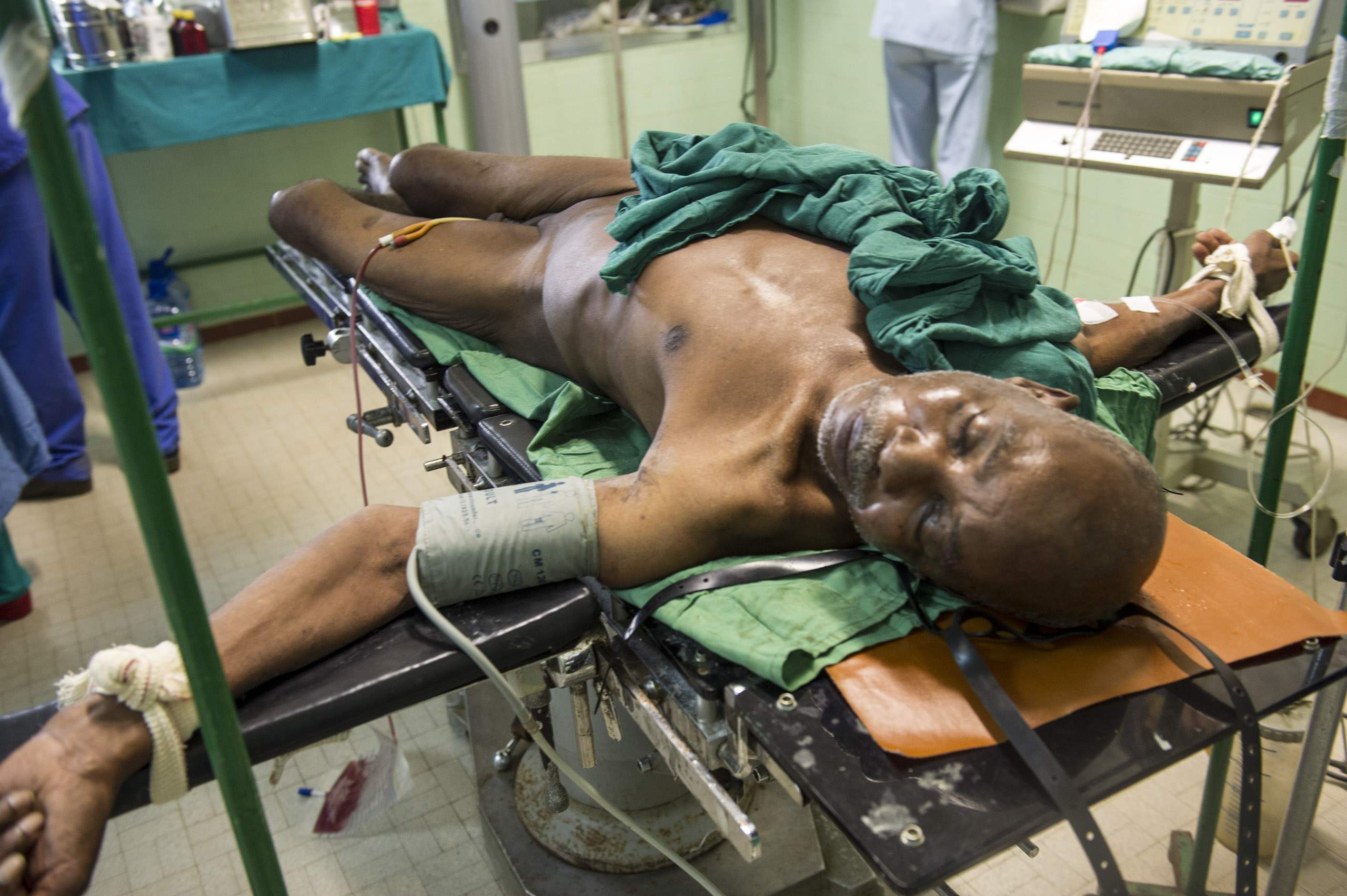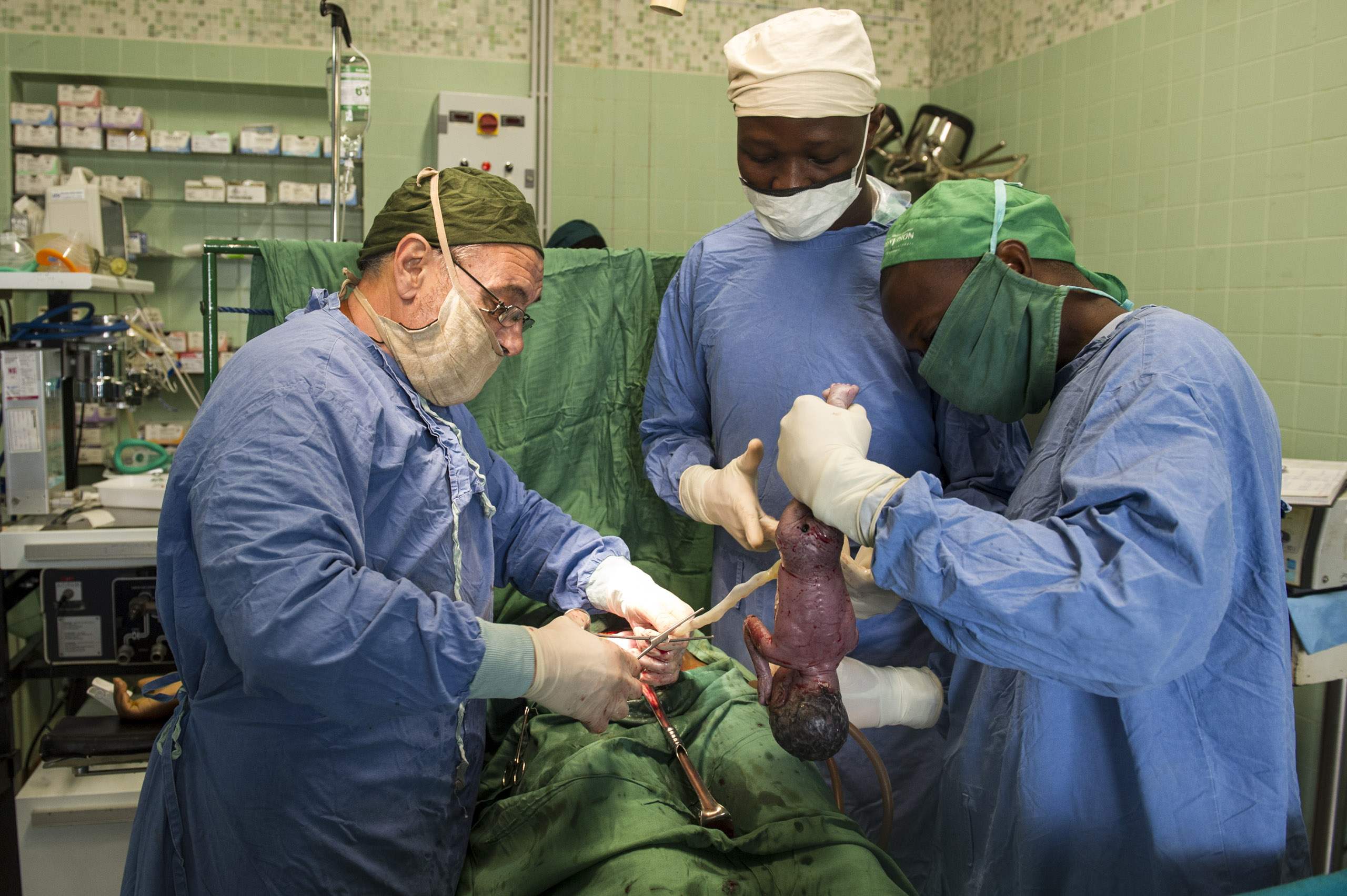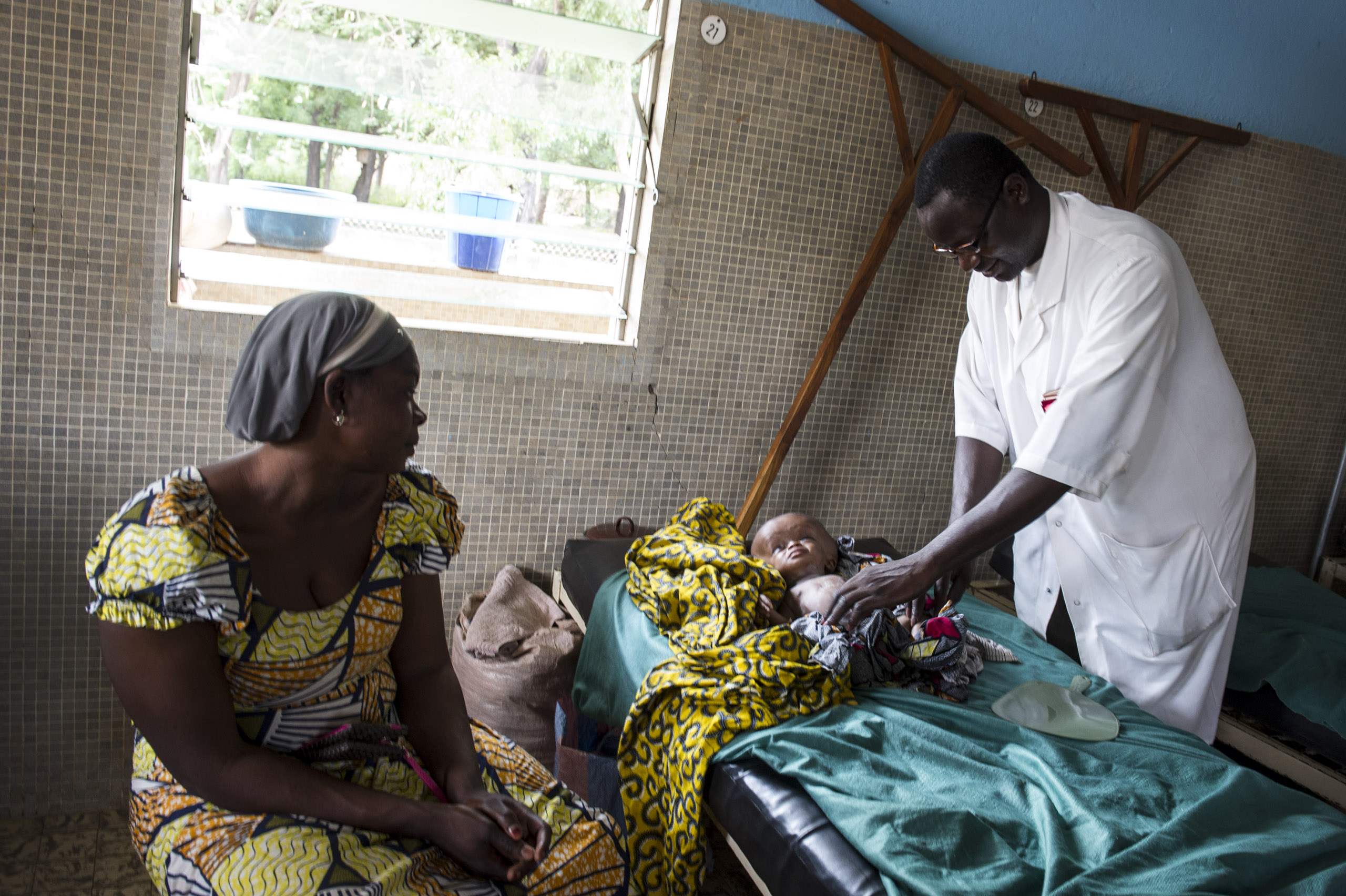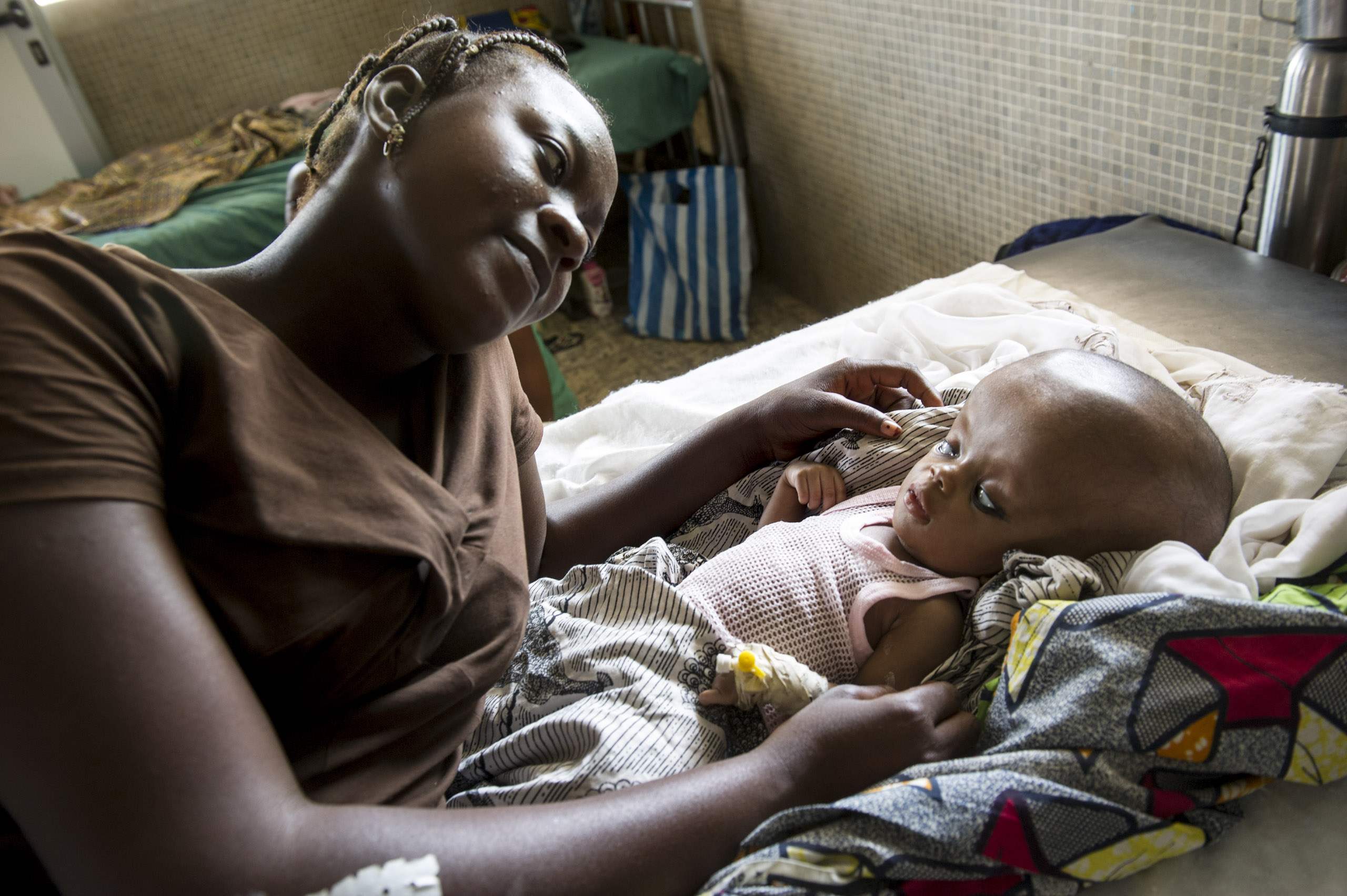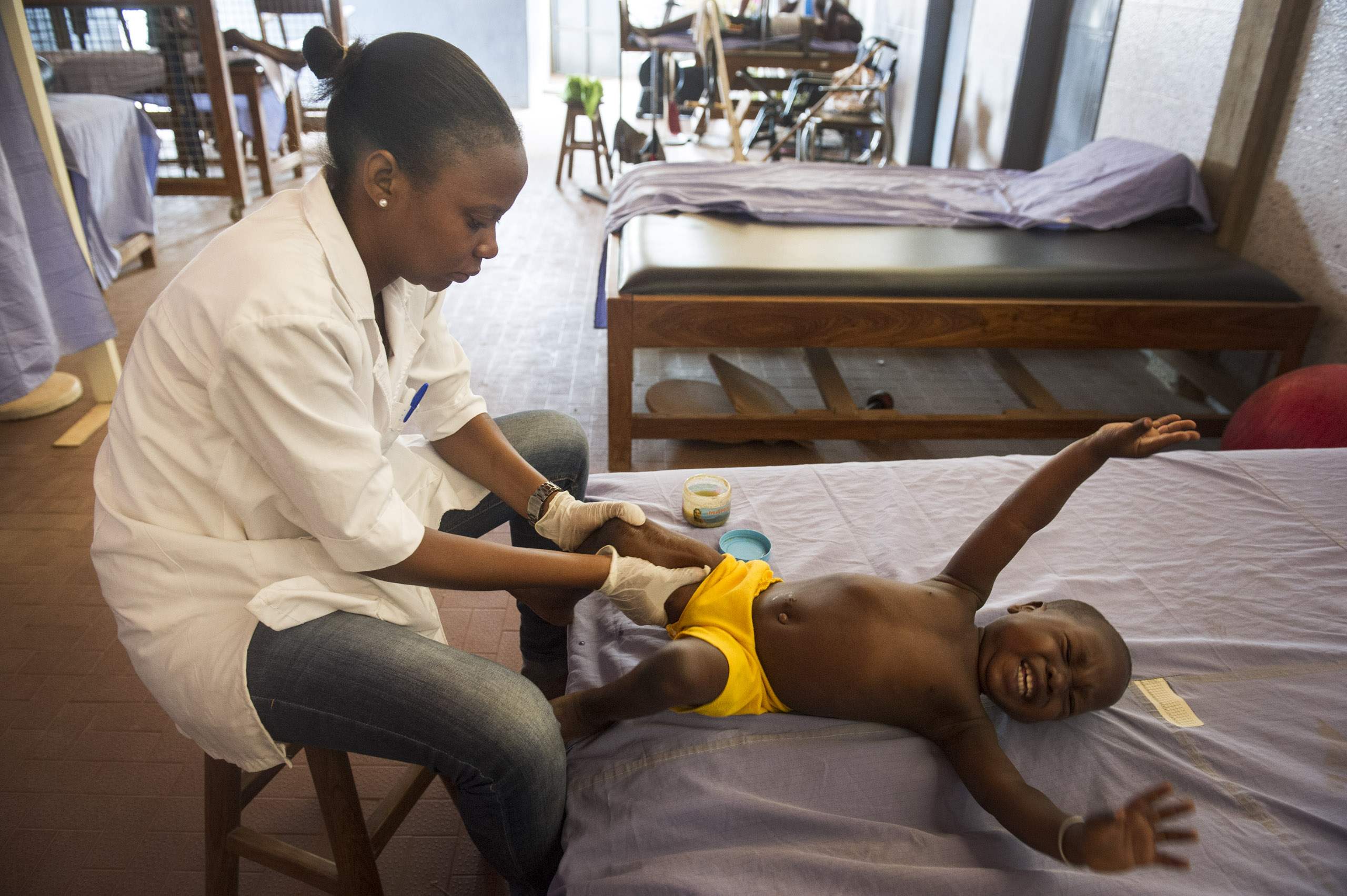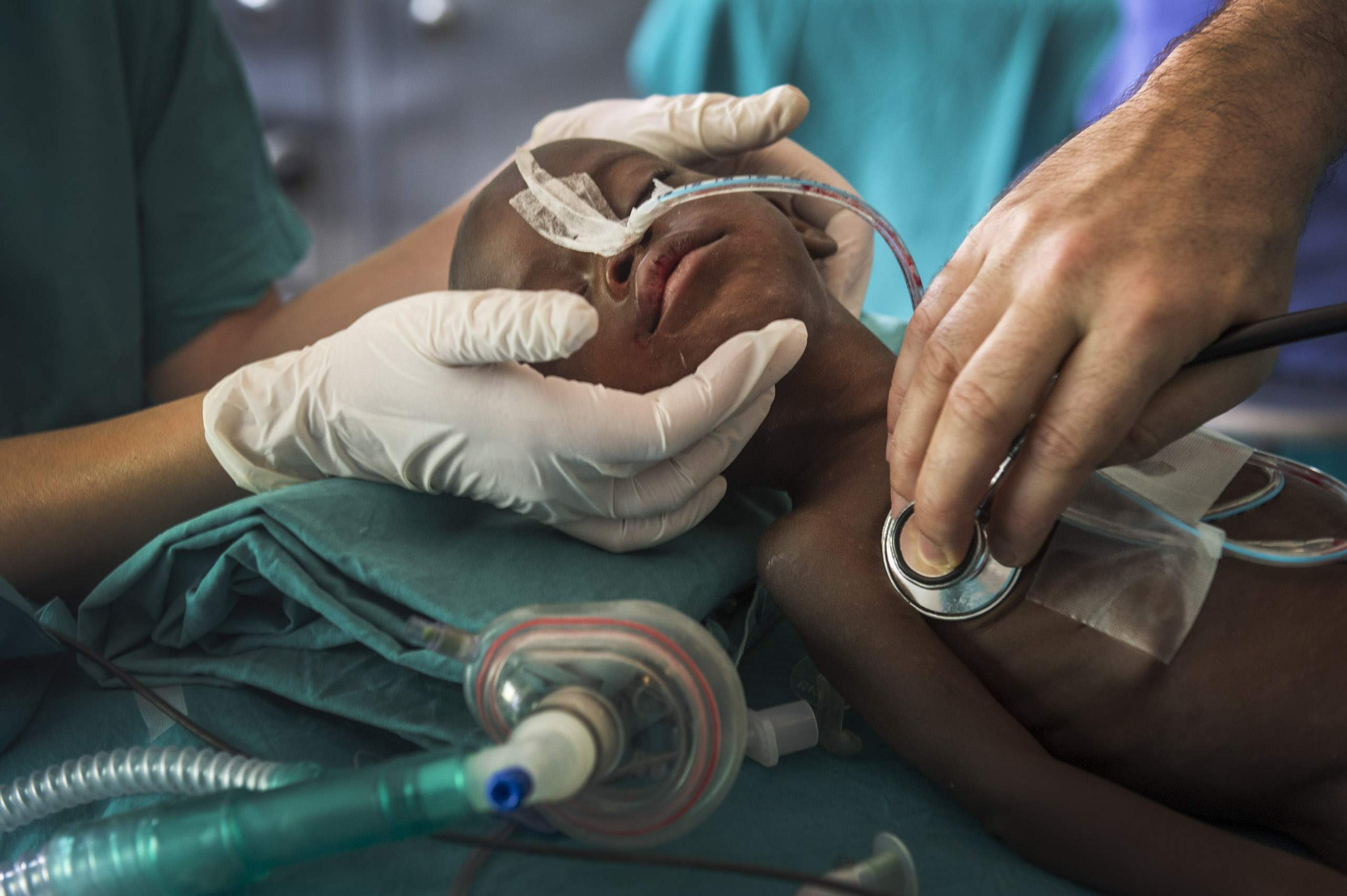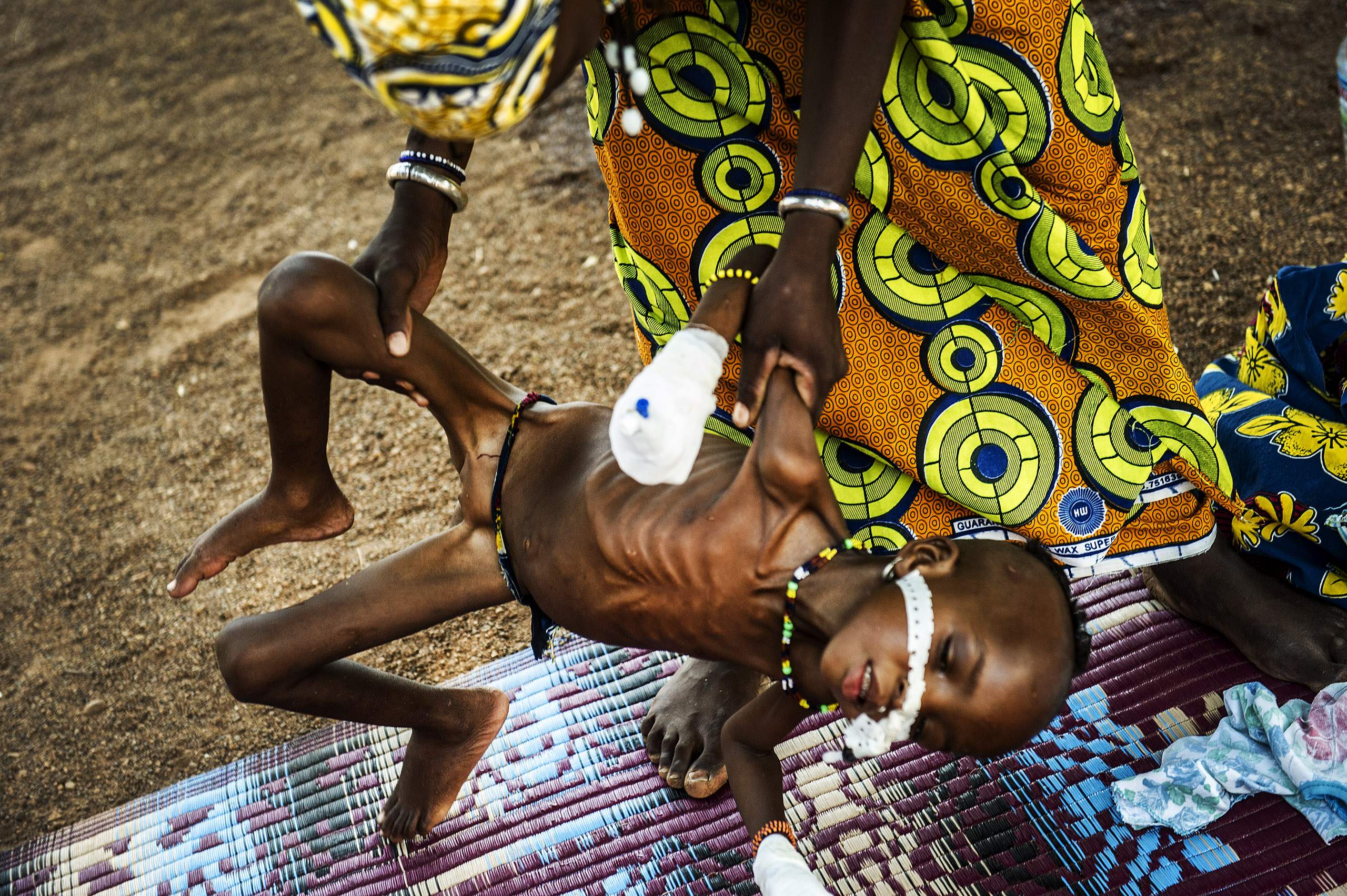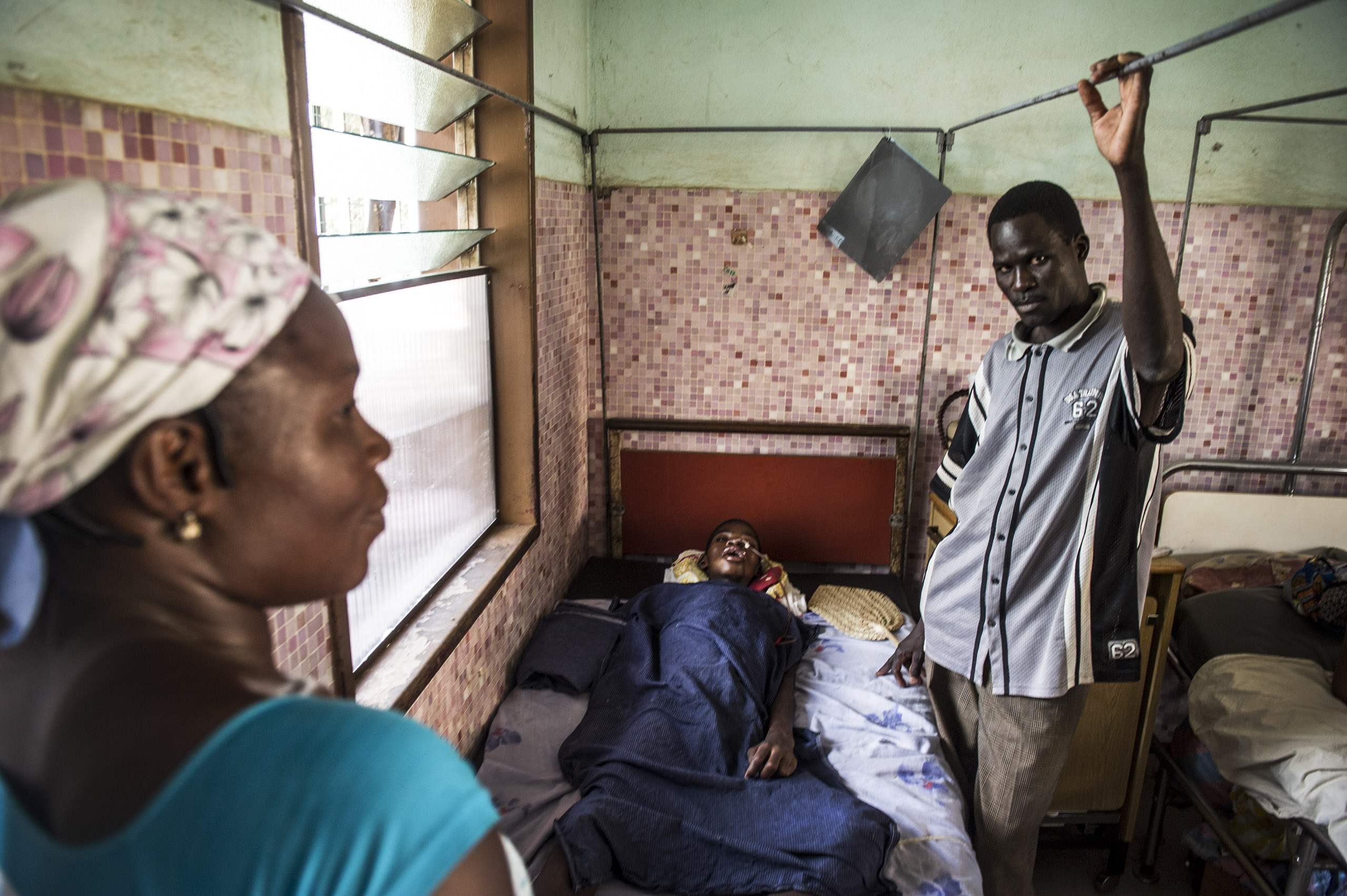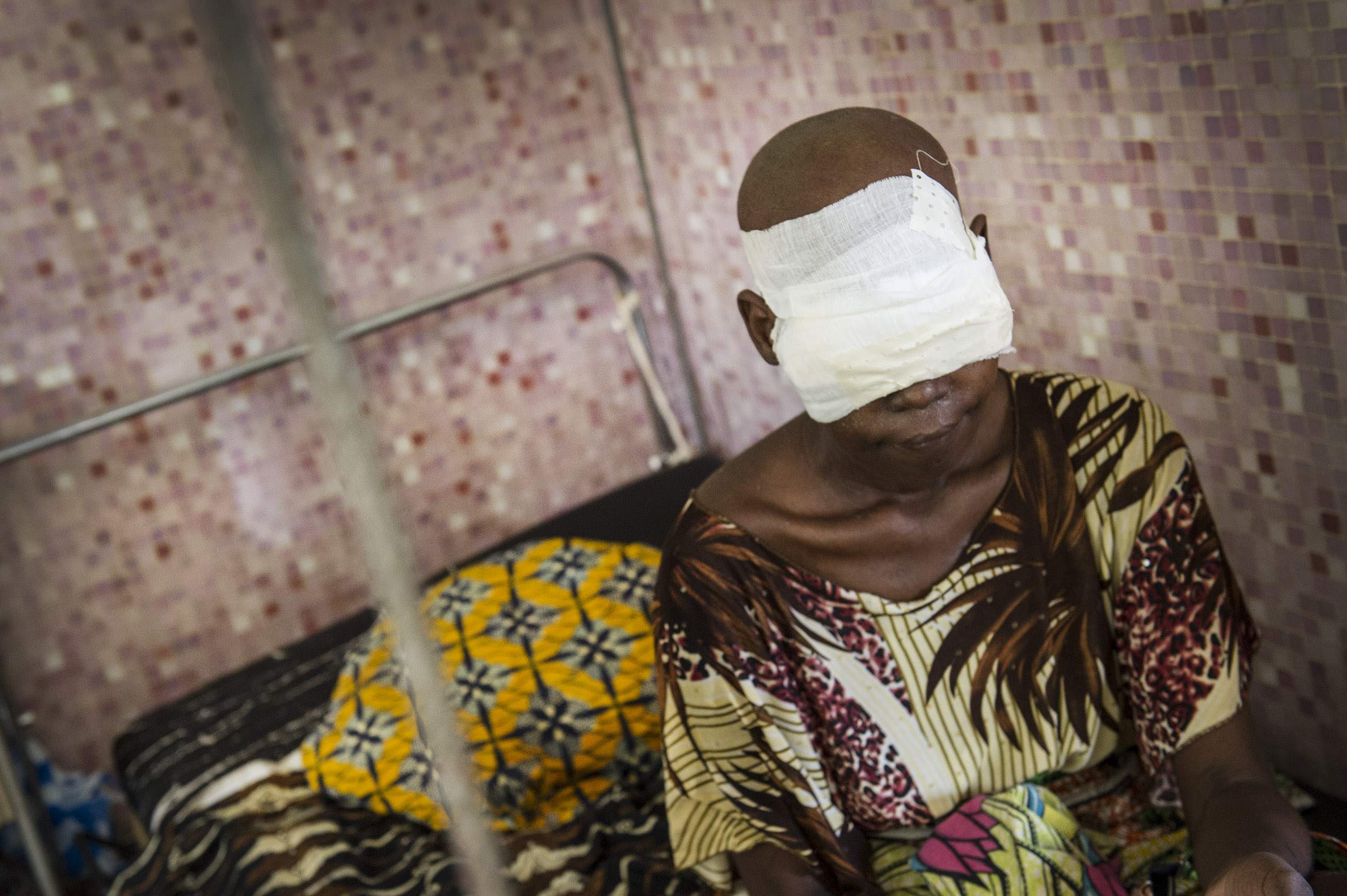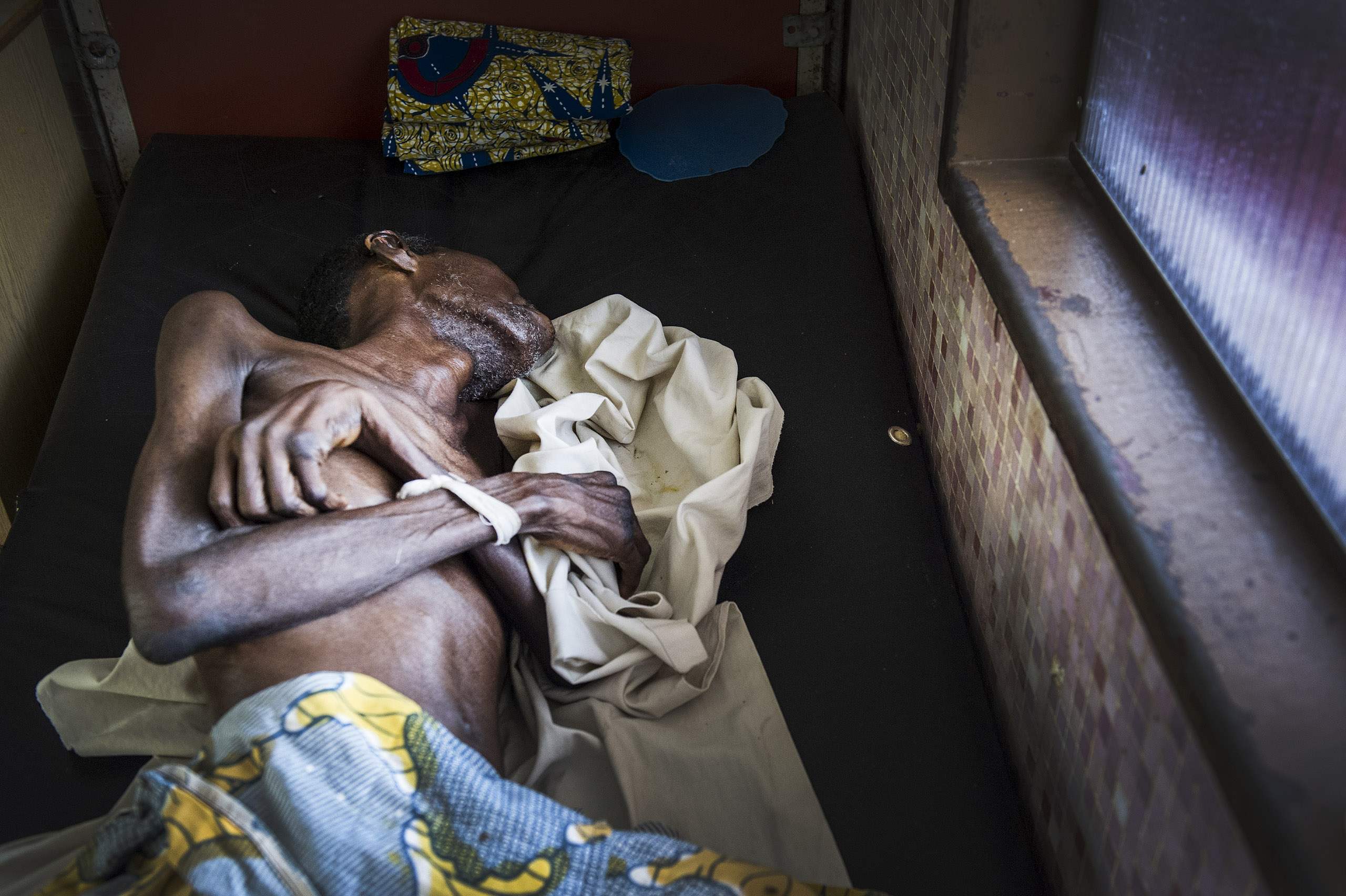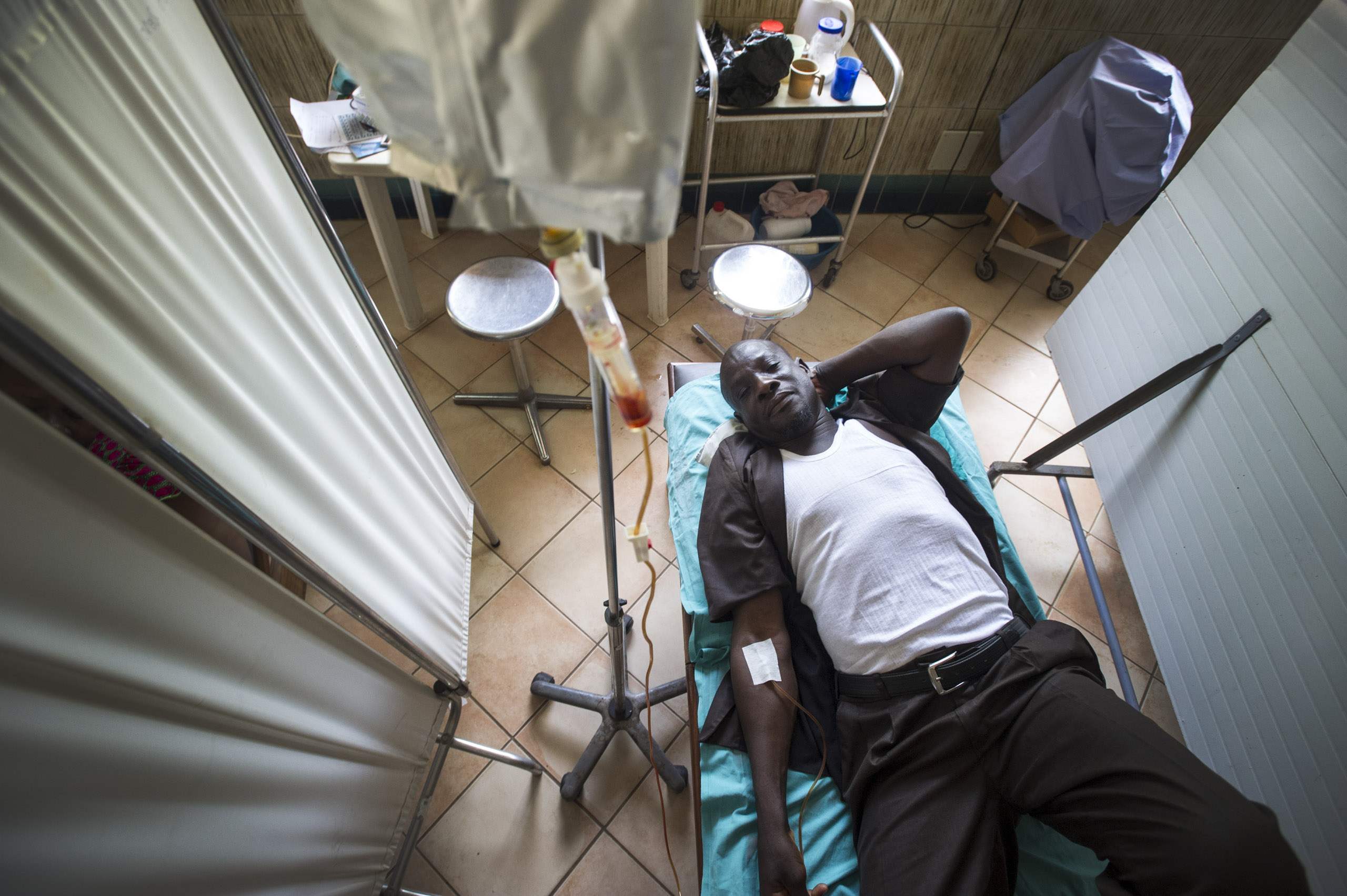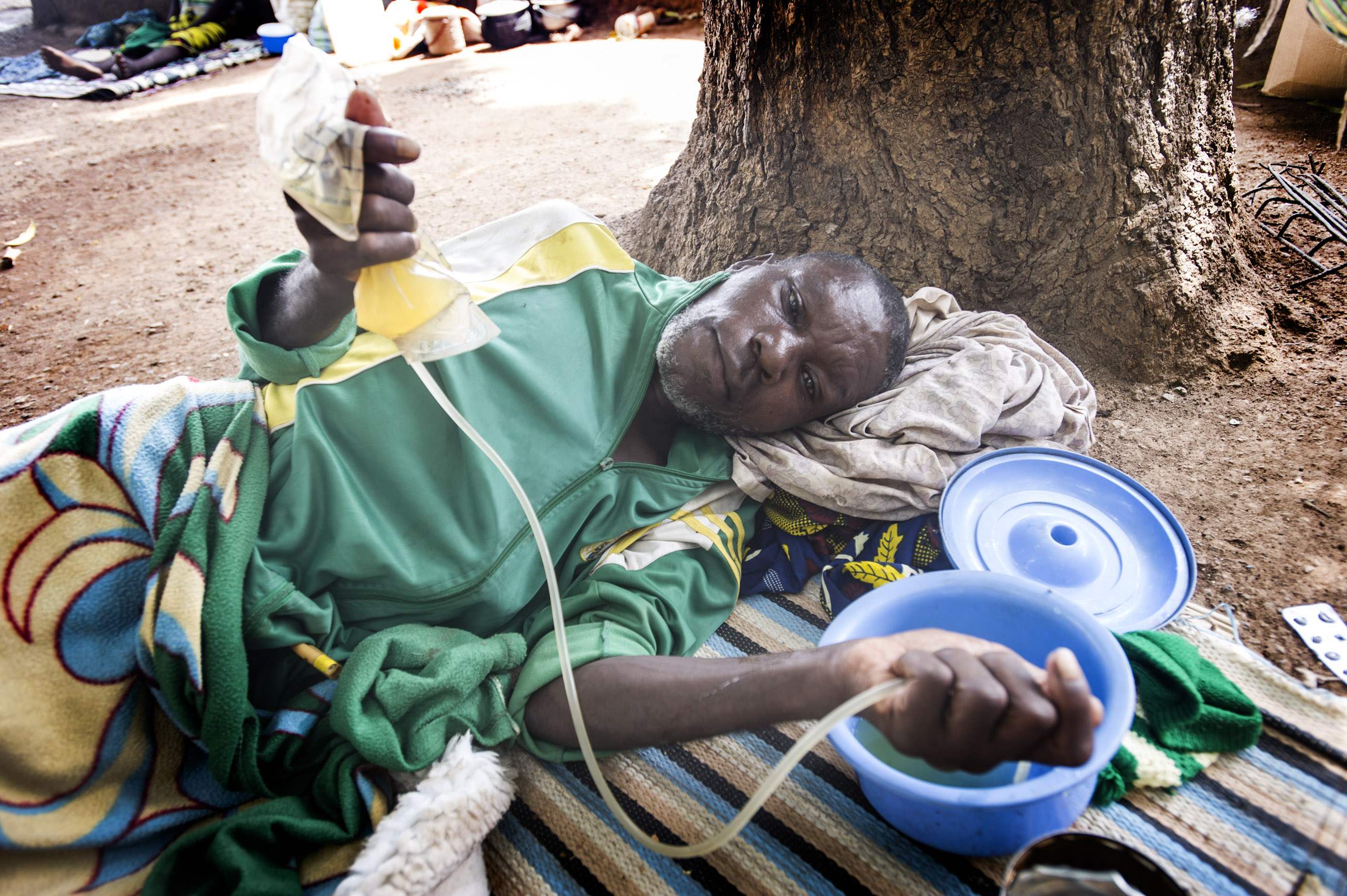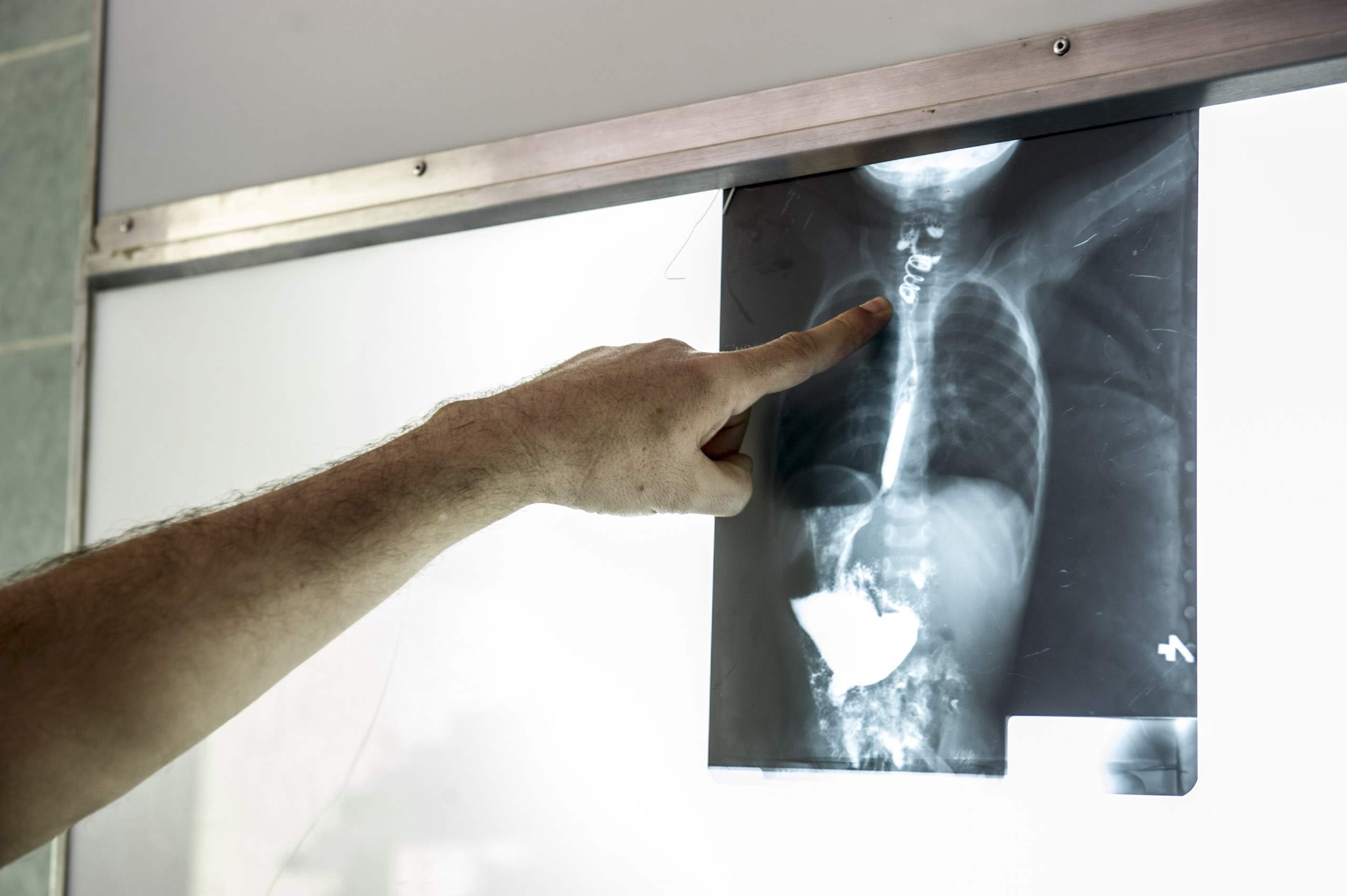UNA LUCE PER GLI ULTIMI
🇮🇹 Afagnan e Tanguiéta sono divise da 700 chilometri e si trovano in due stati diversi dell'Africa occidentale, Togo e Benin, ma c'è un filo che le unisce: gli Ospedali costruiti sul finire degli anni sessanta dal Fatebenefratelli. L'ospedale di Afagnan venne inaugurato nel 1964, quello di Tanguiéta sei anni più tardi, e da allora nelle due strutture vengon curati centinaia di pazienti all'anno; costituiscono gli unici punti di riferimento per popolazioni che, in alternativa, non avrebbero altra soluzione che affidarsi a stregoni di villaggio.
Vedremo il caso di Raschid, bambino idrocefalo, su cui è stato eseguito un intervento per l'impianto di una valvola all'età di quattro mesi, mentre in Europa questo intervento viene eseguito in tempi molto più rapidi. Insieme a lui incontreremo pazienti che vengono operati e curati per patologie che in Europa sono state debellate da decennio, addirittura, non sono mai esistite. Le apparecchiature ospedaliere sono spesso obsolete, scarti provenienti da strutture europee. Oltre a tutto questo, mantenere un'accettabile condizione igienica tra i pazienti è una sfida quotidiana.
I grandi giardini che caratterizzano entrambe le strutture non sono un ornamento ma una necessità: i pazienti vengono accompagnati al pronto soccorso dai loro familiari e questi vivono all'interno dell'Ospedale per tutto il periodo della degenza. Arrivando, spesso, da villaggi distanti centinaia di chilometri con mezzi di fortuna e trovandosi in condizioni di povertà assoluta, questa è l'unica soluzione possibile.
Tra loro ci sono cristiani e musulmani che convivono senza nessun attrito, affratellati dalla situazione di estrema difficoltà in cui vivono, condizione spesso inimmaginabile nel nostro continente.
Ho trascorso tra queste persone ventisei giorni, fotografando interventi chirurgici, reparti di degenza, terapie intensive e trascorrendo del tempo con i parenti che vivevano sotto un folto gruppo di manghi, nel cortile dell'Ospedale di Tanguiéta. Attraverso le immagini faremo un viaggio per scoprire l'incredibile dignità con la quale affrontano la malattia, senza cedere alla rabbia ma cercando sempre una nuova speranza per un domani senza dolore.
🇬🇧 Afagnan and Tanguiéta are separated by 700 kilometers and are located in two different states of West Africa, Togo and Benin, but there is a thread that connects them: the hospitals built in the late 1960s by Fatebenefratelli. The hospital in Afagnan was opened in 1964, and that of Tanguiéta six years later, and since then hundreds of patients are treated in both facilities per year; they constitute the only reference points for populations which, Alternatively, they would have no alternative but to rely on village sorcerers.
We will look at the case of Raschid, a hydrocephalus baby, who was operated on for the implantation of a valve at the age of four months, while in Europe this operation is performed much more quickly. Together with him we will meet patients who are being operated on and treated for pathologies that have been eradicated in Europe for decades, even if they never existed.
Hospital equipment is often obsolete, scrapped from European facilities. In addition to all this, maintaining an acceptable hygienic condition among patients is a daily challenge.
The large gardens that characterize both structures are not an ornament but a necessity: patients are accompanied to the emergency room by their family members and these live inside the hospital for the entire period of stay. Coming, often, from villages hundreds of kilometers away with means of fortune and being in conditions of absolute poverty, this is the only possible solution. Among them there are Christians and Muslims who live together without any friction, brothers from the situation of extreme difficulty in which they live, a condition often unimaginable on our continent.
I spent twenty-six days among these people, photographing surgeries, inpatient wards, intensive therapy and spending time with relatives who lived under a large group of mangoes in the courtyard of the Tanguiéta Hospital. Through the images we will make a journey to discover the incredible dignity with which they face the disease, without giving in to anger but always looking for a new hope for tomorrow without pain.


